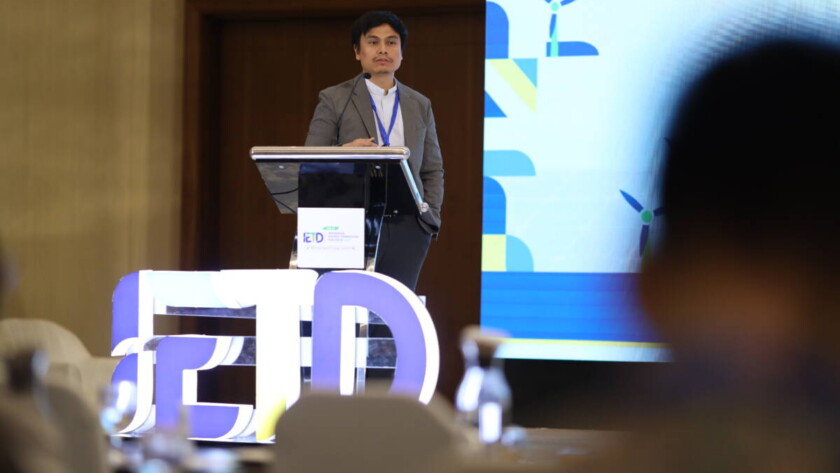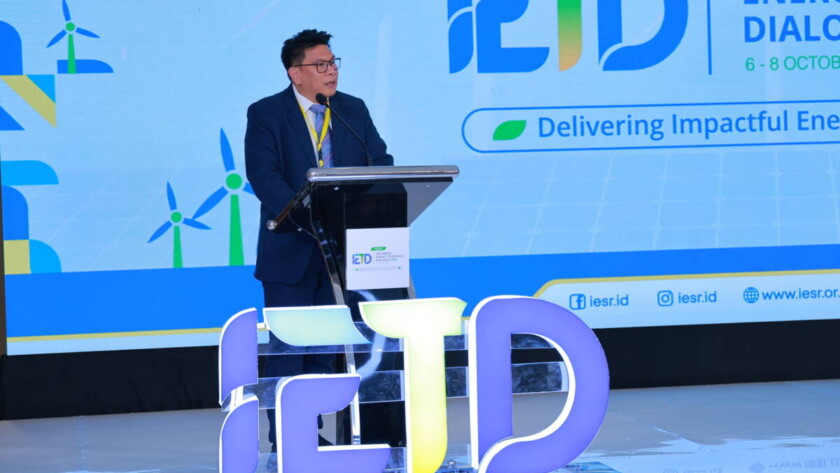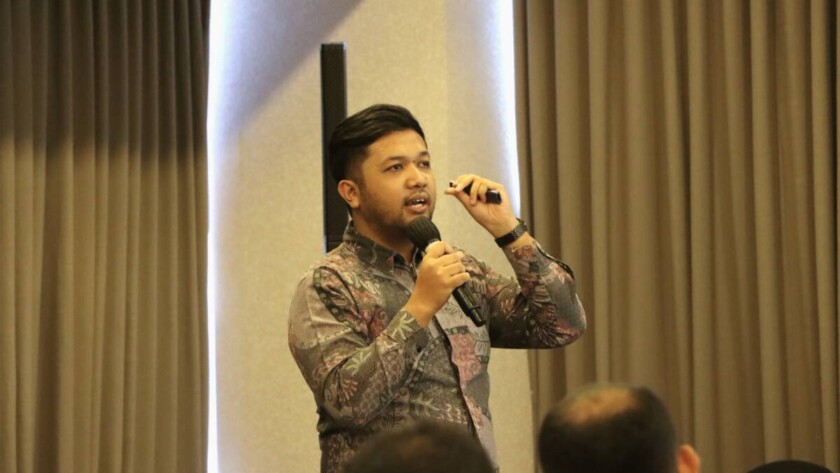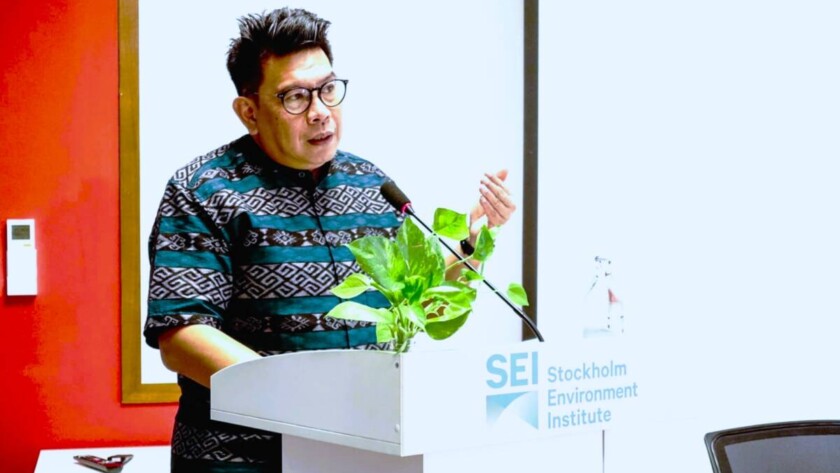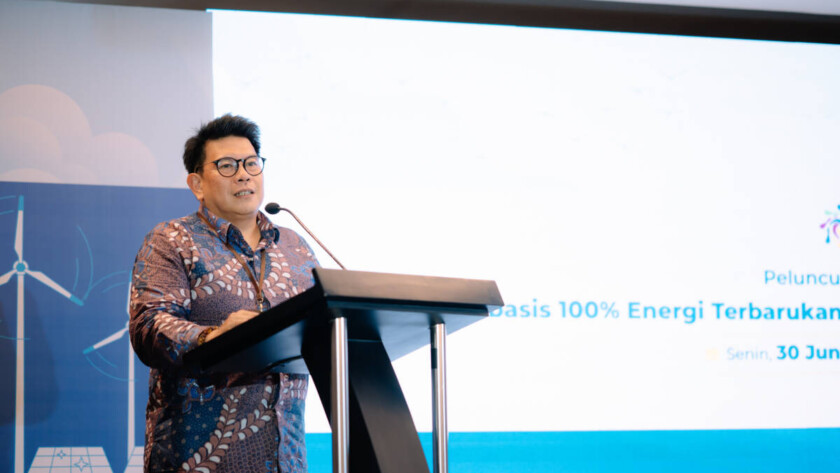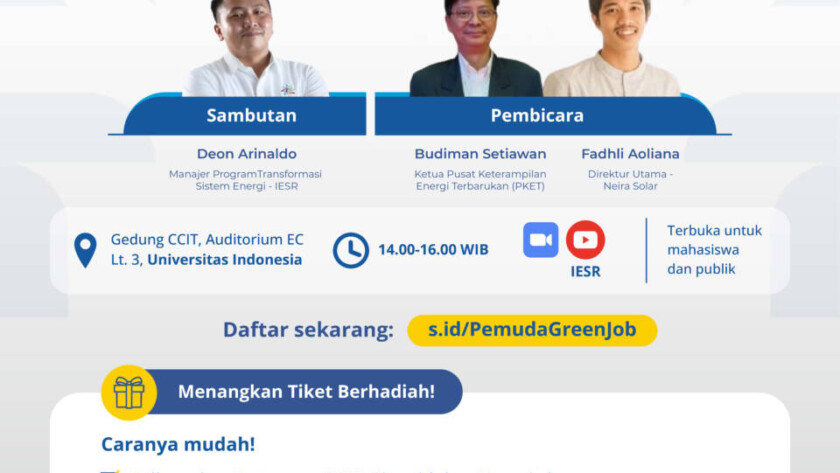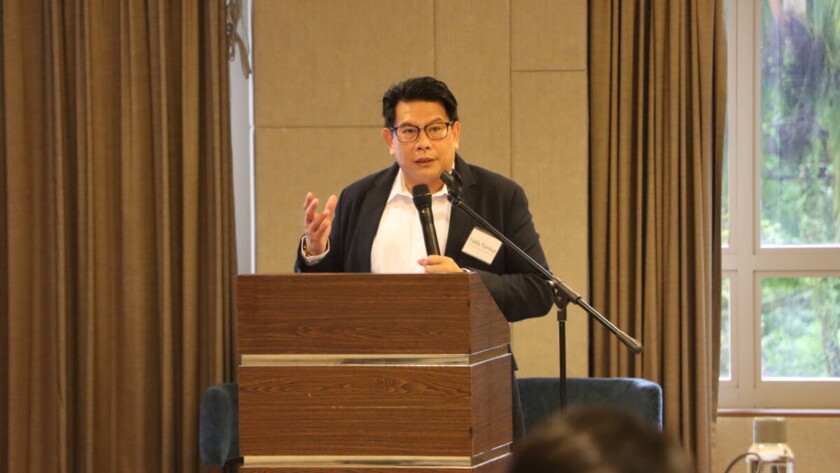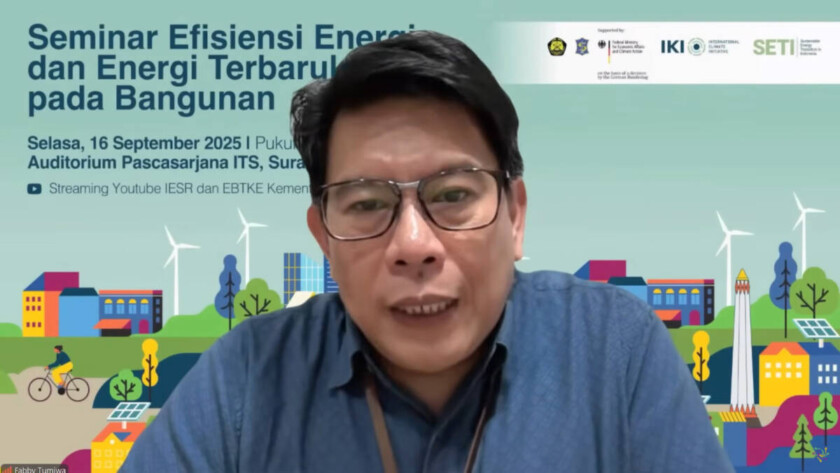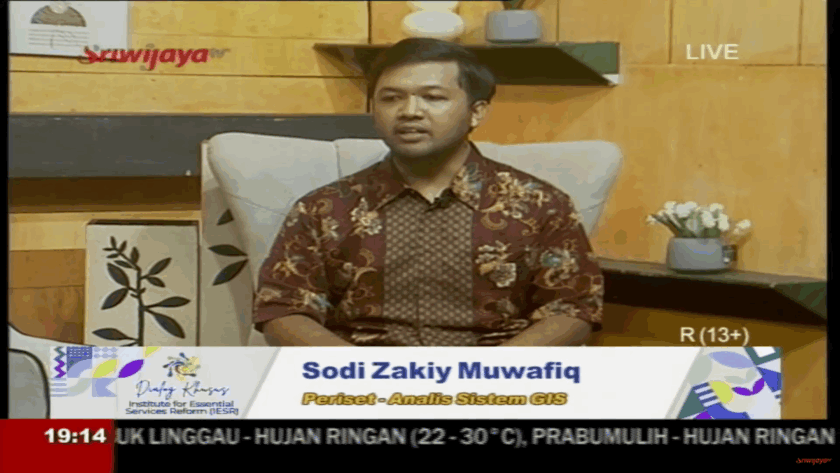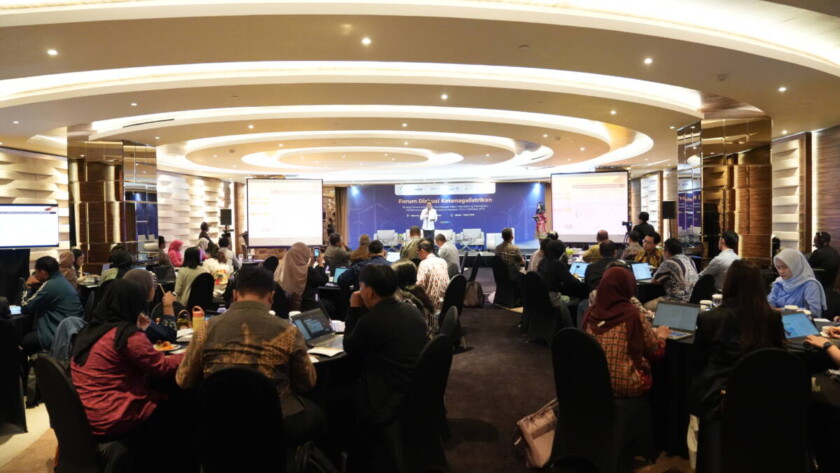Jakarta, 7 Oktober 2025 – Pemerintah Indonesia telah menetapkan target total penambahan kapasitas energi terbarukan dalam Rencana Umum Ketenagalistrikan Nasional (RUKN) 2025-2060 sebesar 269 GW, atau penambahannya sekitar 10,1 GW per tahun selama 35 tahun ke depan. Untuk mendukung RUKN, PLN menerbitkan Rencana Usaha Penyediaan Tenaga Listrik (RUPTL) 2025–2034 dengan target penambahan kapasitas hingga 42,1…
